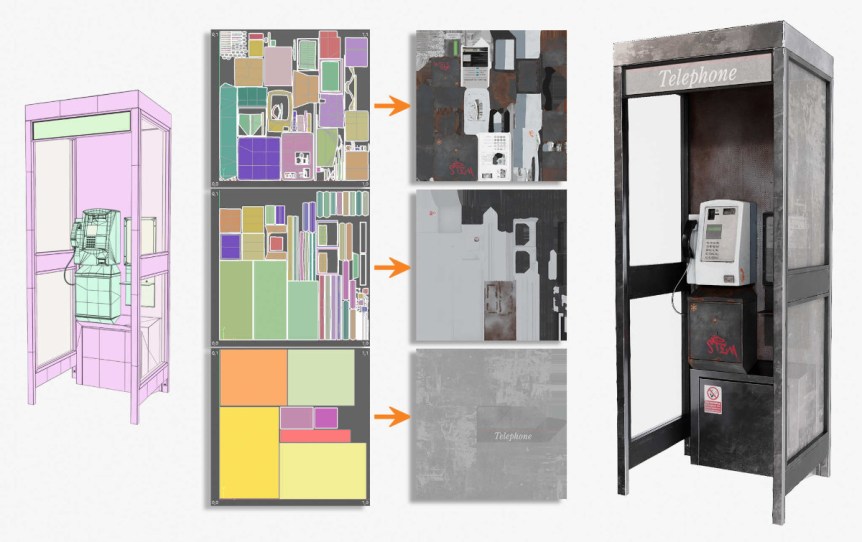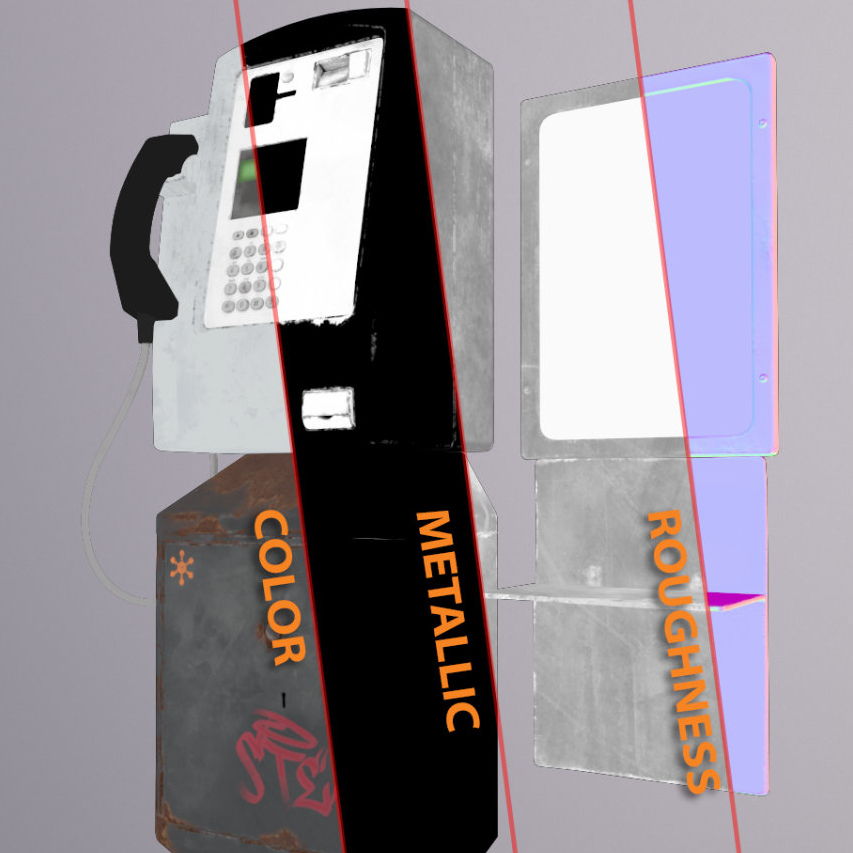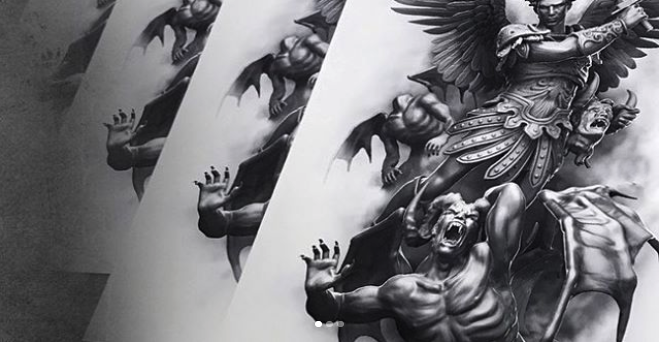When it comes to modeling, everybody has a preference — Maya, 3ds Max, Cinema 4D, you name it. But as everyone knows, making a model in one application can be limiting when it comes to future sales. What is a standard file in one market, might be completely different in another, leading many to have to make the choice between …
Explore 3D Technologies that Support Physically Based Rendering
As discussed in our previous blog post, Physically Based Rendering (PBR) has become a widely adopted standard in the 3D industry, with a particular emphasis on the metallic/roughness workflow. This is because popular DCC apps like Blender, Maya, 3ds Max, and Cinema 4D can consistently render identical PBR scenes when artists use this method. In this second installment of our …
An Intro to Physically Based Rendering Material Workflows and Metallic/Roughness
Physically based rendering, also known as PBR, is a rendering technique that simulates the interaction of light with materials in a physically accurate manner. It creates more realistic and believable graphics by considering the physical properties of materials, such as their reflectivity, roughness, and transparency. Due to the immersive and visually stunning 3D environments that PBR can provide, adoption of …
Tattoo realism reimagined with Tattooed Theory’s Javier Antunez
3D models are commonplace tools in most industries that deal in digital, but how useful can 3D be when screens are removed from the mix entirely? We recently became aware of a very singular use case for TurboSquid’s 3D catalog: tattoos. We sat down with Javier Antunez, owner and popular realist artist at Tattooed Theory to hear more about his …




